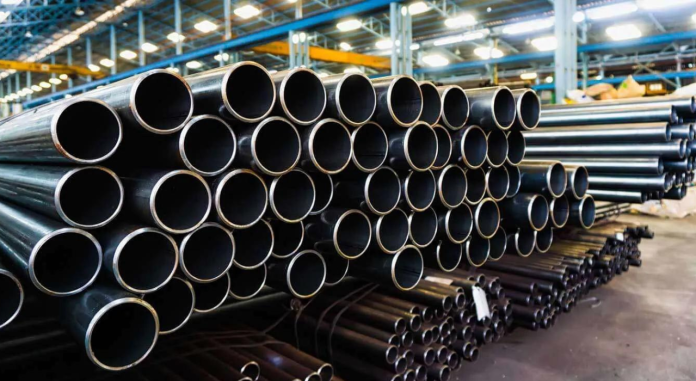However, mild steel today outdoes carbon and even stainless steel when it comes to the scope of its use in construction. This type of steel with relatively low amounts of carbon is also called mild steel. It is commonplace in the construction industry as it is a cheap, flexible, and hardy material.
Even though this type of mild steel is not that cheap, it is used in construction fields where strength and workability are critical such as in pipes, machines, and structures. This article will examine What Is Mild Steel(MS Steel) vs Stainless/Carbon Steel and explain the superiority of mild steel in construction as compared to carbon, stainless, and other steel.
Role of Mild Steel in Construction
Structural Components
Mild steel forms a high fraction of structures since it is extensively utilized in beams, columns, and girders as well as frames. It is ideal for lifting loads and enduring environmental dynamic loads such as storms and seismic events due to its remarkable tensile strength and ductility. Due to the ease of manufacturing it, mild steel is applied in a number of several large-scale constructions.
Easy Fabrication and Machining
Mild steel’s ease of manufacture is a major factor in its versatility. Its mechanical qualities do not degrade when it is bent, welded, sliced, or otherwise formed into a multitude of shapes. This is important for construction because it reduces the amount of time and money needed to alter steel to meet certain designs. Mild steel may be easily tailored to meet the specific design requirements of construction projects, whether it is being used to create specialist components like staircases and railings or structural frames.
Versatility in Application
From massive commercial and industrial projects to residential buildings, mild steel can be employed in a variety of construction applications. Its adaptability also includes the fact that it works well with a variety of other building materials, including wood and concrete. Mild steel is always recommended for strengthening the structure without increasing any kind of weight in the structure. Moreover, its uniqueness is further enhanced by its ability to blend in well with different materials.
High Ductility and Malleability
Mild steel is a great option for applications needing precision and ductility because of its malleability and ductility. It is appropriate for components that must withstand stress without cracking since they can be bent and stretched without breaking. This quality is particularly crucial in the construction industry because buildings are exposed to a variety of external factors. With trace amounts of phosphorus, sulfur, and manganese, iron makes up the majority of its composition. Mild steel becomes ductile and malleable due to this composition.
Role of Stainless and Carbon Steel in Construction
Although mild steel is thought to be the most adaptable material in building, carbon and stainless steel are also quite important. However, compared to mild steel, both materials have shortcomings that occasionally restrict their applicability. Stainless steel can be welded, but doing so calls for certain methods and often specialty filler materials.
Stainless Steel
Rusting for example occurs in iron alloys that have lower carbon components and in certain conditions, carbon steel will always have some degree of this corrosion resistance in it. Thus chromium is considered an active metal.
Each type has unique properties, advantages, and limitations, making them suitable for different purposes. Let’s delve into each type of steel to highlight their characteristics and applications.
Carbon Steel
High carbon steel is a subset of carbon steel with known strength and hardness. Most high-carbon steel application involves areas that will face wear and tear like rugged building equipment or high load-bearing items such as bridges. The trade-off in this case is that due to the current carbon content, this type of steel is more brittle and less ductile to lateral or tensile forces in comparison to mild steel.
This fact more or less repeats the fact that carbon steel should not be used for applications that involve making bends and indeed material with set shapes will have to be purchased.
Final Talk
Architectural constructions, medical gadgets, kitchen equipment, and chemical processing equipment are examples of common applications. It is indispensable in industries where sanitation and hygiene are critical due to its resistance to corrosion. While high carbon steels can be more difficult to weld, low and medium carbon steels are usually not. Brittleness may result from a high carbon content, particularly if improper heat treatment is used.









